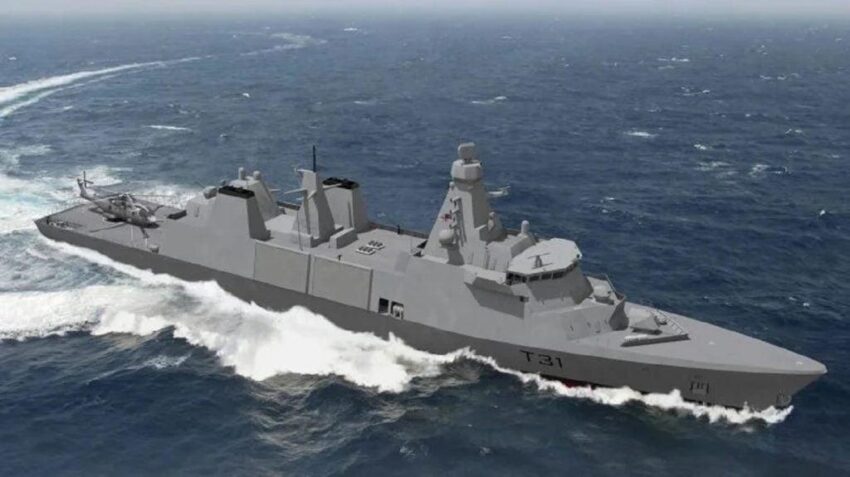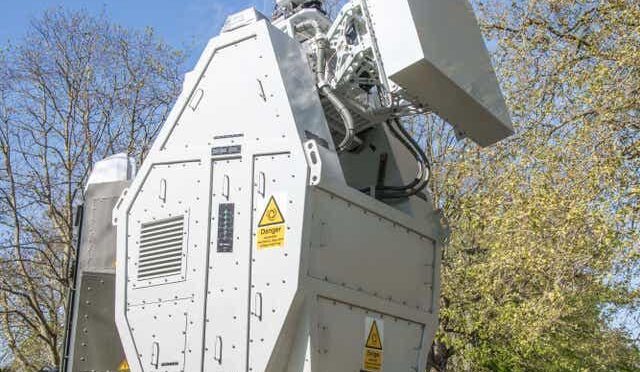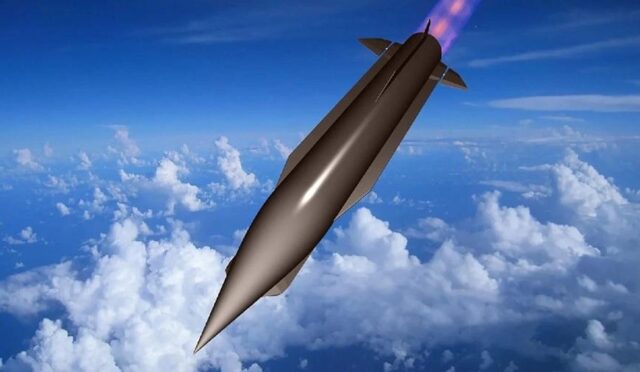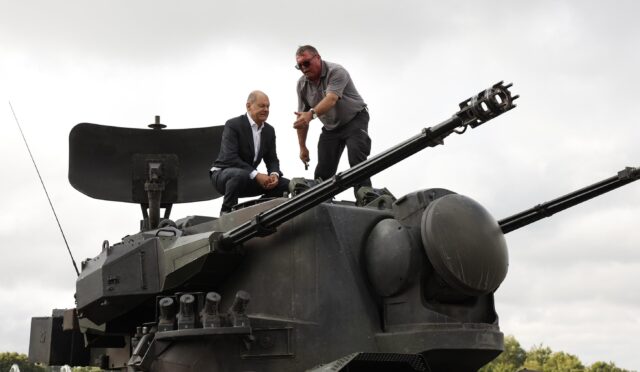Launch of HMS Venturer: A New Era for the Royal Navy
Babcock has officially launched the UK Royal Navy’s inaugural Type 31 frigate, HMS Venturer (F12), at its Rosyth facility in Scotland. This momentous event signifies the transition of the vessel from three years of construction to the final outfitting stages before its entry into service. During the launch, the warship was carefully moved into position using specially designed transport cradles, facilitating its first entry into the water on the River Forth slated for this summer.
After the vessel successfully floats off, it will return to the Rosyth facility for essential dock-based integrations and preparations for forthcoming sea trials. This launch marks a pivotal step in reinforcing the Royal Navy’s capabilities with advanced naval technology.
Government Commitment to Naval Expansion
In a statement, UK Armed Forces Minister Luke Pollard emphasized the importance of HMS Venturer in strengthening the Royal Navy’s operational capabilities. He remarked, “HMS Venturer will be at the heart of the Royal Navy fleet, deterring aggression and supporting our Armed Forces.” Pollard also highlighted how this significant milestone reflects the government’s dedication to bolstering the economy, which includes the creation of thousands of jobs across Scotland and the wider UK.
The launch is part of a broader strategy to enhance the Royal Navy’s maritime power, signaling a renewed commitment to national defense and job creation in the sector.
Type 31 Frigates: The Future of Naval Defense
The Type 31 frigates, dubbed the Inspiration-class fleet, are being constructed based on Babcock’s Arrowhead 140 model. This innovative class of warships can be tailored to meet varied operational requirements and features a modular design. Such flexibility allows for systematic upgrades throughout their operational lifespans, eliminating the necessity for extensive overhauls.
The British government is set to construct a total of five Type 31 frigates, designed to replace the aging Type 23 systems that have been part of the Royal Navy since the 1980s. This fleet transition aims to modernize naval defense capabilities in line with contemporary threats and technologies.
Specifications of the Inspiration-Class Frigates
The upcoming Inspiration-class frigates measure 139 meters (456 feet) in length and 20 meters (66 feet) in beam. Each vessel is designed to accommodate over 180 crew members and has the capacity for a maritime helicopter, such as a Merlin or Wildcat. Additionally, the ships include provisions for rigid-hull inflatable boats and unmanned aerial systems.
Equipped with a range of armaments, including a 57-millimeter naval gun, 40-millimeter support guns, surface-to-air and surface-to-surface missiles, and anti-ship missiles, these frigates will enhance the Royal Navy’s offensive capabilities. The vessels are powered by four diesel engines and four generators, enabling them to achieve speeds exceeding 28 knots (52 kilometers per hour) and a range of 7,500 nautical miles (13,890 kilometers).
Conclusion: A Bold Step Forward in Naval Technology
The launch of HMS Venturer represents not just a technological achievement but a strategic move in the Royal Navy’s quest for modernization. With the introduction of the Type 31 frigates, Britain is preparing to bolster its maritime defense capabilities significantly.
As the HMS Venturer embarks on its journey towards final outfitting and subsequent sea trials, anticipation grows over the impact these advanced vessels will have on the future of naval operations in the UK and beyond.







